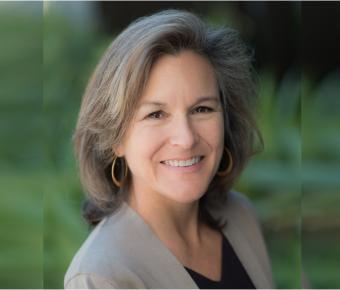The Biden administration is designating two “forever chemicals,” man-made compounds that are linked to serious health risks, as hazardous substances under the Superfund law, shifting responsibility for their cleanup to polluters from taxpayers.
Humans and animals are often exposed to microplastics because they are present in many substances. As researchers seek to understand the impact of microplastics, evidence is building about the effects of exposure to these substances and how that may influence health outcomes.
If you were to create a recipe for plastics, you’d need a very big cookbook. In addition to fossil fuel-based building blocks like ethylene and propylene, this ubiquitous material is made from a dizzying amalgam of more than 16,000 chemicals — colorants, flame retardants, stabilizers, lubricants, plasticizers, and other substances, many of whose exact functions, structures, and toxicity are poorly understood.
Use of petroleum-based chemicals skyrocketed during the postwar era, most of them entering the market with little concern for safety. Now, mounting evidence links petrochemicals to the rapidly rising prevalence of a slew of chronic and deadly conditions, a review published in the New England Journal of Medicine warned earlier this month.
EPA has released its long-awaited final rule setting tougher limits on emissions of the solvent ethylene oxide (EtO) from commercial sterilizers, tightening existing limits, setting new limits, eliminating exemptions for facility startup and shutdown -- but also offering a two-year compliance extension, and finalizing “site-wide” flexible compliance options.
Add one more likely culprit to the long list of known cardiovascular risk factors including red meat, butter, smoking and stress: microplastics. In a study released Wednesday in the New England Journal of Medicine, an international team of physicians and researchers showed that surgical patients who had a build-up of micro and nanoplastics in their arterial plaque had a 2.1 times greater risk of nonfatal heart attack, nonfatal stroke or death from any cause in the three years post surgery than those who did not.
People who live near major roadways in California continue to be at risk of developing respiratory, cardiovascular and reproductive health problems, despite the state’s push for clean energy policies, UC Davis Health researchers told the state Legislature in a new report.
Chemical pollution tied to fossil fuel operations is not only driving harmful climate change but is also posing dire risks to human health at levels that require aggressive private and public efforts to limit exposures, warns a new analysis published in the New England Journal of Medicine on Wednesday.
People with artery plaques containing microplastics are more likely to have a heart attack or stroke than those with plastic-free plaques, suggesting microplastics may contribute to heart disease.
Chemical pollution tied to fossil fuel operations poses serious risks to human health, warns a new analysis published in the New England Journal of Medicine on Wednesday.
Environmentalists are calling on EPA to broaden its draft TSCA evaluation of the flame retardant tris(2-chloroethyl) phosphate (TCEP) to a cumulative assessment that would cover many chemicals with that use, arguing the agency’s single-chemical approach to its reviews underestimates risks and flies in the face of statutory requirements.
An invisible invasion by land, air and sea: Microscopic plastic pieces are in the food we eat, the air we breathe and the water we drink – bottled or not.
Behind many pandemic-era debates are deep divisions between two schools of thought in the world of health care.
“The future happens in California first” long referred to the state’s reputation as an environmental leader. It’s come to describe the Golden State’s front row seat to a rotating list of overlapping extreme events that are appearing with ever more frequency and ferocity as the climate warms. Now new research suggests that being on the front lines of climate change is making Californians sick.
Plastic is everywhere—even in the foods we eat and the beverages we drink. CR’s recent tests of nearly 100 foods found two types of chemicals used in plastic, bisphenols and phthalates, in a wide variety of packaged foods.




